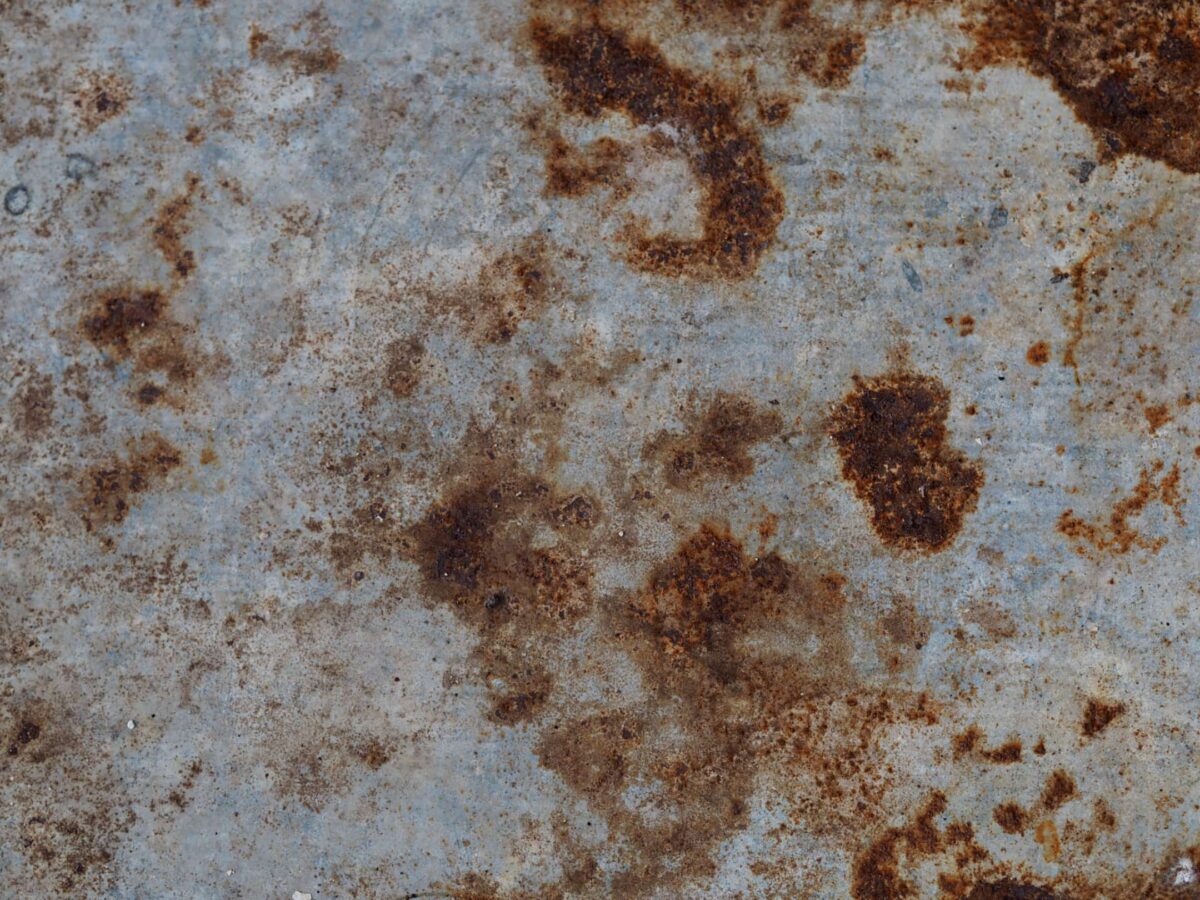Metal Preservation: Corrosion Inhibitors for Protective Coatings

Posted on August 23, 2024 by Brent Phillips
Corrosion inhibitors extend the lifespan of metal surfaces in the world of metal preservation. These critical chemical substances are designed to prevent and slow corrosion, which can otherwise lead to significant damage, such as structural weakening, and costly repairs, like replacing entire sections of pipelines.
For water asset managers, corrosion inhibitors guarantee the integrity of various metal structures, from pipelines to water storage tanks and towers. In today’s blog, we’ll explore the science behind corrosion inhibitors and the different types that exist, giving you the confidence to hire the right corrosion protection team for all your asset coating projects.
The Science Behind Protective Coatings
Protective coatings are a sophisticated blend of chemicals that shield metal surfaces from environmental factors that cause corrosion, such as moisture, oxygen, and chemical pollutants. They are widely known as corrosion inhibitors, which improve corrosion resistance in protective coatings.
The Mechanics of Corrosion
Corrosion begins when metal surfaces are exposed to moist salt air. These inhibitors are broadly categorized into three types based on chemical composition that attach to a metal surface, creating a protective barrier against corrosion. The mechanism at play is electrochemical activity involving one of these types of inhibitors:
- Anodic inhibitors are electron donors.
- Cathodic inhibitors are electron acceptors.
- Mixed inhibitors include both anodic and cathodic.
Anodic Inhibitors
These inhibitors form a protective oxidizing layer on metal surfaces to prevent corrosion. Examples of anodic inhibitors used in the electrochemical process are:
- Chromates protect aluminum alloys from surface oxidation.
- Nitrites inhibit flash rusting, which occurs within minutes when iron is exposed to high humidity levels. (NOTE: Nitrites used in open systems become oxidized to form nitrates.)
- Orthophosphates are commonly added to drinking water to prevent lead leaching. These chemicals only work when oxygen is present in a system. Without oxygen, the corrosion rate will not be reduced.
- Molybdates: A highly effective catalyst for reducing corrosion in protective coatings.
Cathodic Inhibitors
By reducing the cathodic reaction rate, these inhibitors limit the availability of electrons required in a corrosion process. Cathodic inhibitors stifle corrosion by limiting elements that corrode metal. Commonly used forms of cathodic inhibitors include:
- Sulfite and bisulfite react with oxygen in a system to form sulfate.
- Nickel is a catalyst for reacting to electron transference through an oxidation-reduction, or redox, reaction.
- Zinc is a valuable primer coating that creates a passive barrier between steel and corrosive environments.
Mixed Inhibitors
Combining anodic and cathodic inhibitors offers a balanced approach to protecting metal surfaces. One example of mixed inhibitors is silicate and phosphate, which prevent rust from forming in water.
Application Techniques for Optimal Protection
The effectiveness of a corrosion inhibitor depends mainly on the proper application of a coating. Following best practices during the application process ensures that a protective coating adheres well to the metal substrate and provides long-lasting protection.
Best practices include:
- Proper surface preparation.
- Choosing the correct inhibitor for the specific environment.
- Apply the coating evenly and at the correct thickness.
Other factors impacting a coating application are temperature, dry time between layers, humidity, and wind.
Experts that Solve Unique Corrosion Problems
Incorporating corrosion inhibitors into protective coatings is a vital strategy for water asset managers aiming to preserve metal surface integrity and functionality. By understanding the different types of inhibitors and their application techniques, you can ensure optimal protection against corrosion threats.
For municipalities, using anti-corrosion pigments is a proactive step in protecting water assets in a cost-effective, environmentally friendly way. To talk with a coating expert about your unique corrosion problems, contact Cunningham Inc. today at (620) 848-3030.